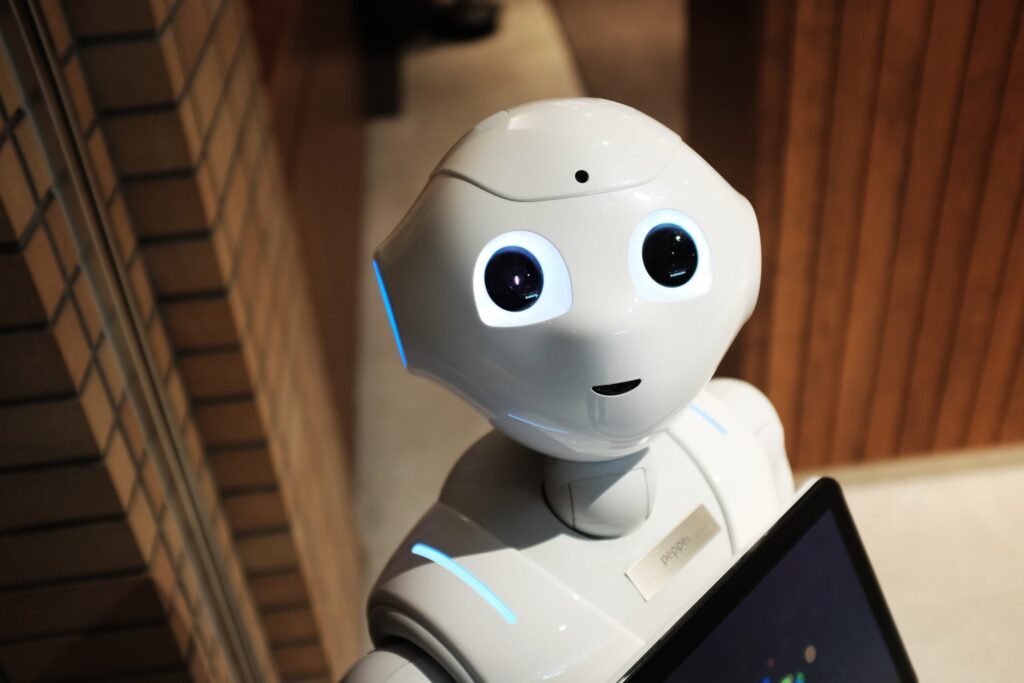As society moves further into the digital age, we’re beginning to see the emergence at an ever-quickening rate of artificial intelligence (AI). When applied in the right spheres, this nascent technology boosts productivity and cuts costs. AI is about getting machines to learn how to do cognitive tasks. These include learning, perception, and reasoning. This technology will no doubt have a massive impact on the way unified communications will operate in the business sector.
Understand Machine Learning
To fully understand the benefits, you first have to understand how machine learning (ML) operates. Computers now have the capacity to build new algorithms based on the statistical analysis of their own outputs. This allows them to continuously refine their outcomes. We are already operating in a working world where machines and humans collaborate efficiently together.
It’s going to continue for a long while. Whilst there is no fixed endpoint for full integration of AI and ML in the workplace, it is something that many corporate leaders are committed to. As is always the case with emerging technology, some industries are further ahead than others. Driverless cars, for example, are predicted to make up about half of the total miles travelled on our roads and highways. Not in the dim and distant future but by 2030 – a mere 11 years away.
How does AI work with Unified Communications?
In the world of unified communications, AI is already beginning to change the way workflows are structured, aid with decision-making processes and enhance strategic planning. With access to corporate analytics, an AI programme can help improve employee efficiency in the workforce and enhance the customer experience tenfold. AI can make decisions based on information in real time, but the longer it remains active the abler it is to make predictions about the future. A longer exposure to information allows trends to emerge and thus be analysed. Companies of the future may be able to take action in advance of market conditions, or changes in the weather without lifting a finger.
We have already seen AI creeping into contact centres, and it has already begun to thrust ‘chatbot’ software into the world of customer service. The ‘chatbot’ is designed to act like its human counterpart but is in fact just a digital portal. The ‘chatbot’ can engage customers in limited conversations whilst also continuing to work on their transactions.
But this isn’t where the limit of AI involvement stops. Should a customer happen to call into a contact centre, an AI programme would be able to call up and aggregate all the data and communications from this customer. Information at the fingertips of the agents means a smoother customer service experience and far fewer fraying tempers. Information is power and access to information in a timely, efficient way is how to wield that power for good.
The distant future?
But as unified communications continue to improve and get smarter, the integration of AI will undoubtedly continue. Experts are predicting that a clever integration of technologies will allow people to run meetings directly from driverless cars and the ubiquitous rise of the AI assistant – a sort of ‘super Siri’. The advancement of physical technology may allow human managers to wear collaboration apps as part of their clothing. The glasses, earpiece or even nano-technology embedded into the skin may see human beings becoming an increasingly enhanced communication tool in their own right.
Google has already demonstrated how voice calls can be replaced by bots. Their video demonstrating the ‘setting up a haircut’ went viral earlier this year. The natural expansion is to see this technology applied across an entire workforce. AI will not only predict what work needs to be done during the average day, but it will also notify the relevant people and book a workspace to meet if a face to face conversation is needed.
It isn’t beyond the realms of possibility that an AI programme would ‘listen in’ to this meeting and be able to make advanced judgment calls around key information and action plans. Facial recognition technology could provide an accurate attendance list and timings would be known to the millisecond. This information can then be effectively streamed to any other person who needs it and trimmed to the appropriate depth. It sounds like we are barrelling towards unified communications bliss, but there is a note of caution.
An uncertain future
This work-life utopia may not be upon us quite yet. For the time being, the strength of AI lies in its ability to use large data sets. This is comparatively difficult for human beings who cannot make the same level of computations at the same speed. AI assistants are still a while away from being seamlessly integrated into the working world, as anyone who has shouted at Alexa or Siri this week will know. Most virtual assistants available to consumers only have ‘shallow AI’, which makes them bad at handling complicated or confusing tasks or understand vocal nuance.
It makes them good at providing simple information like the weather or answering direct questions, but it doesn’t necessarily include any useful depth. This is something that will have to change drastically if AI is going to function meaningfully in anything other than a basic customer facing role.
The longer society continues to invest in AI technology, the more integrated it will become with unified communications. It isn’t a panacea for all of a business’s workflow-woes, but neither is it running in direct opposition to human employees. With careful management and innovative businesses taking a courageous leap forward into the abyss, we could hit the second half of the digital age at a complete sprint. There will come a time when a future society looks back on the technologies of today the way we look at telegrams and fax machines.
They will probably be looking back from the comfort of their driverless cars whilst their AI assistant orders lunch to be served upon arrival at their next meeting. It’ll be that or the world of James Cameron’s Terminator films and unified communication will be in form of gun running and guerrilla warfare. Let’s hope for the former.





